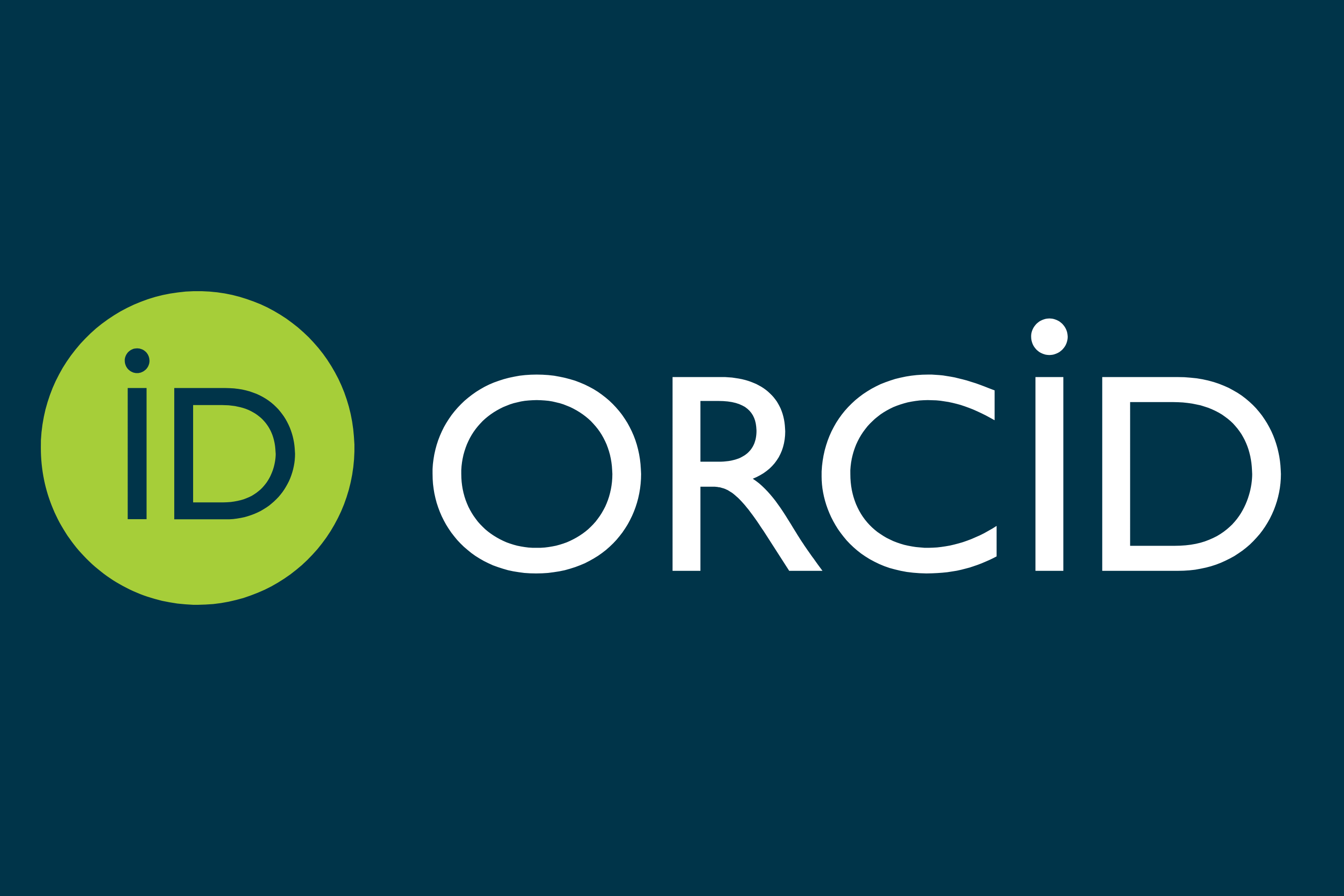دراسة مقارنة للتنبؤ بمعدلات الرطوبة النسبية (RH%) لمحافظة نينوى باستخدام نماذج السلاسل الزمنية الموسمية والشبكات العصبية الاصطناعية
Abstract
The neural network is one of the most important fields of artificial intelligence، which reflects an important development in a significant way of human thinking، and spin around the idea of neural networks simulate the human mind using the computer. Foreseeable development in this area may be due to several studies، which has in the field of neural processing simulation by solving the problems that face، and by following the self-learning processes that rely on the expertise stored in the network، which yield better results. It is intended models of seasonal time series is a set of viewing values associated with each generated sequentially with the continuation of time and refer to replicate the pattern of movement of the time series in the opposite months during successive years. Research has found that the best model is the use of neural networks (NN (1،12; 10)) which includes (12) variable backward in time and (10) hidden contract. For the time-series models seasonal has been the model SARMA (1،0،1)، (0،1،1)12. we have been using some statistical measurements to test the advantage two modes in the prediction which was its result is the style of the time series as seasonal got the lowest values for tests (RMSE،MAE،MAPE،MAD) respectively. It was the best way to predict the relative humidity (RH%) of the province of Mosul is using the model SARMA (1،0،1)، (0،1،1)12
Downloads
Downloads
Published
Issue
Section
License
The journal of Administration & Economics is an open- access journal that all contents are free of charge. Articles of this journal are licensed under the terms of the Creative Commons Attribution International Public License CC-BY 4.0 (https://creativecommons.org/licenses/by/4.0/legalcode) that licensees are unrestrictly allowedto search, download, share, distribute, print, or link to the full text of the articles, crawl them for indexing and reproduce any medium of the articles provided that they give the author(s) proper credits (citation). The journal allows the author(s) to retain the copyright of their published article.
Creative Commons-Attribution (BY)









